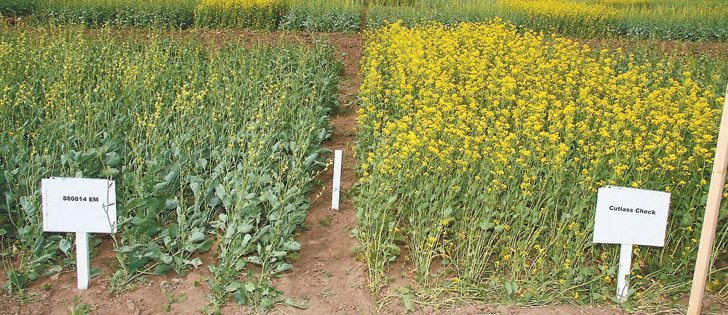Prairie Women’s Health Centre | Future studies for rural, remote, northern women uncertain
The future is uncertain for an organization that examines women’s issues on the Prairies following budget cuts to Health Canada.
The Prairie Women’s Health Centre of Excellence, which has studied rural, remote, northern and aboriginal women’s health issues since 1996, is one of six organizations under the Women’s Health Contribution Program to receive notice that its funding will cease March 31, 2013.
According to Health Canada, the program contributed $2.95 million a year to recipients.
The department has been asked to find savings of $200 million stemming from last month’s federal budget.
Read Also

Rural Manitoba resources slim on natural disaster planning
A study from Brandon University’s Rural Development Institute has found that many rural and small municipalities don’t have the staff or resources to make formal climate plans against natural disaster.
Media reports have surfaced about the Health Canada cuts since the budget was announced, including its Drug Analysis Service lab in Winnipeg and $15 million in funding for the Federal Tobacco Control Strategy.
“I’d be a fool to say I was surprised, given what else had been cut already, but (I’m) deeply, deeply disappointed because health is more than just health care and doctoring and nursing,” said centre of excellence executive director Margaret Haworth-Brockman.
“If people have good programs that are preventive and have good information that shows where systemic change can be made, that’s a long view of saving health-care dollars.”
The centre reported income of $569,309 from Health Canada in 2011 and $455,400 in 2010, accounting for the vast majority of its revenue.
“It’s quite true that we’ve been very dependant on that Health Canada money because it provides the infrastructure as well as the project money,” said Haworth-Brockman.
“And so now, if we decide to compete in other arenas, of course we’ll be competing with other agencies that have also lost their money.”
The centre has offices in Winnipeg and Saskatoon, along with eight staff members, four students and a varying number of contractors who conduct research and take it to policy makers, said Haworth-Brockman.
It also offers gender-based analysis training for federal, provincial and regional health managers, which she described as “an essential way of analyzing information to really see where the disparities are and then remediate.”
The centre works on eight to 15 projects at the same time.
“Our instructions last year from Health Canada were to cut back a bit on the number of projects and go deeper rather than broad,” she said.
A previous project examined the effects of BSE on farm families, while another identified relevant issues using workshops in rural Saskatchewan.
Planned projects included studying women working in the Saskatchewan mining industry.
“If we disappear, I’m not sure what happens to that information,” said Haworth-Brockman.
She said the centre’s board of directors will meet as soon as possible to determine its future plans.
“I see it as shortsighted to not invest in the kind of information that can be used to prevent people needing to get health care,” she said.
Also losing funds from the program are the British Columbia Centre of Excellence for Women’s Health, Le Réseau québécois d’action pour la santé des femmes, the Canadian Women’s Health Network, the Atlantic Centre of Excellence for Women’s Health and the National Network on Environments and Women’s Health.
The prairie centre had a history of working with other organizations internationally and across Canada, said Haworth-Brockman, including the National Aboriginal Health Organization, which also lost funding in the budget.
“There’s this sort of domino multiple effect where we can no longer collaborate with them because their money has also been cut,” she said.
“So the work doesn’t go on anywhere.”














